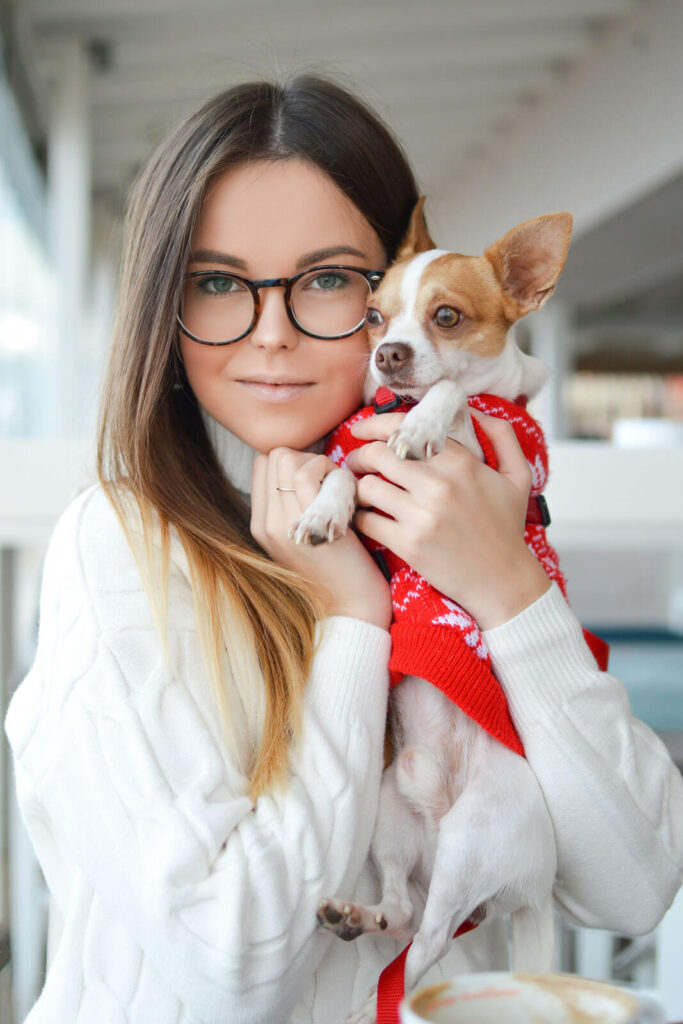Perfect Pet Bed Guide: Find comfort that lasts
Finding the perfect bed for your pet might seem simple, but it plays a vital role in their comfort, health, and happiness. A bed is more than just a place to sleep — it’s where your furry companion feels safe, relaxed, and at home. In this Perfect Pet Bed Guide, we’ll explore everything you need to know to choose the right bed for your cat or dog, including styles, materials, sizing, and maintenance tips.
Why a Pet Bed Matters
Every pet deserves a personal space — a cozy spot that offers warmth, security, and comfort. Dogs and cats, like humans, require quality rest to maintain their health and mood. The right bed helps support joints, improves sleep quality, and provides emotional comfort.
Pets without a proper bed often end up on hard or cold floors, which can lead to joint pain, discomfort, and even behavioral issues. A well-chosen bed solves all of that by giving them a dedicated place to retreat, nap, and feel safe.
Understanding Your Pet’s Sleeping Habits
Before buying a bed, observe your pet’s sleeping patterns. Some dogs curl up tightly, while others sprawl across the floor. Cats may prefer elevated spots or enclosed spaces.
- Curlers: Pets that curl into a ball love round or donut-shaped beds with raised edges.
- Stretchers: Large, flat mattresses suit pets who like to stretch out fully.
- Burrowers: For those who love to dig or hide, choose covered or cave-style beds.
- Leaners: Bolster beds with padded sides are great for pets that like head or back support.
Knowing your pet’s sleeping style ensures you choose a design they’ll naturally love.
Choosing the Right Size
Size matters when it comes to pet beds. Too small and your pet will be cramped; too large and they won’t feel secure. Measure your pet from nose to tail when lying down, then add about 15–20 cm (6–8 inches) for comfort.
A proper fit allows your pet to move freely, curl up, or stretch out — whichever feels right. Cats usually prefer snug, enclosed beds, while dogs enjoy a bit more space. Always check manufacturer sizing guides before purchasing.
Types of Pet Beds
There are many different bed styles, each serving a specific purpose. Let’s look at the most common ones:
1. Cushion Beds
Flat and simple, cushion beds are versatile and easy to move. They work well in crates or as standalone sleeping spots.
2. Bolster Beds
These have raised edges that offer head and neck support, ideal for pets who like to lean or feel enclosed.
3. Orthopedic Beds
Made with memory foam or supportive filling, these beds are perfect for older pets or breeds prone to joint issues.
4. Heated Beds
Ideal for colder climates or short-haired pets, these provide extra warmth and comfort, especially during winter.
5. Cave or Hooded Beds
Enclosed beds that provide privacy and security — cats and small dogs adore them.
6. Elevated Beds
Raised off the ground to improve airflow and keep pets cool. Perfect for outdoor or summer use.
Each type has its benefits, so the choice depends on your pet’s size, habits, and the room’s temperature.
Materials and Fabrics
The quality of a pet bed depends largely on its materials. Good fabrics ensure durability, hygiene, and comfort. When exploring options on Perfect Pet Bed Guide, focus on these key aspects:
- Outer fabric: Choose materials that are soft yet tough — canvas, microfiber, or faux suede are great options.
- Filling: Memory foam, recycled fiberfill, or orthopedic foam provides excellent support.
- Washability: Removable, machine-washable covers make cleaning much easier.
- Non-slip base: Prevents sliding on tile or wooden floors.
Avoid beds made with low-quality stuffing that flattens quickly, or fabrics that trap odors and hair.
Comfort and Support
A comfortable bed improves your pet’s posture and overall well-being. Look for even weight distribution and adequate cushioning. Orthopedic beds help older pets by reducing pressure on joints, while memory foam molds to the body’s shape for personalized comfort.
For cats, soft plush interiors or padded inserts make a huge difference in warmth and coziness. Dogs that spend long hours resting will benefit from firmer, supportive bases.
Temperature and Climate Considerations
The best bed also depends on your environment.
- Warm climates: Opt for breathable materials like mesh or cotton, or an elevated design.
- Cold climates: Choose thick, insulated fabrics and consider self-warming or heated models.
If you live somewhere with seasonal temperature changes, owning two different types of beds might be the best solution — one for summer, one for winter.
Where to Place the Bed
Placement matters as much as design. Pets prefer quiet, low-traffic areas where they can relax undisturbed. Avoid direct sunlight, drafts, or noisy spots.
Dogs often like staying near family members, so placing the bed in a living room corner works well. Cats enjoy cozy, slightly elevated places — near windows or in warm nooks.
Maintenance and Cleaning
A clean bed equals a healthy pet. Wash covers regularly to prevent odors, fleas, or bacteria. Check the manufacturer’s care instructions — many quality beds from the Perfect Pet Bed Guide collection feature removable covers that are machine washable.
- Vacuum hair and dirt weekly.
- Wash the cover every 1–2 weeks.
- Air-dry foam inserts to prevent mold.
Keeping the bed fresh also encourages pets to use it regularly.
Design and Home Décor
Pet beds can complement your interior design. Brands now offer modern, minimalist, or luxury styles that match any décor. Neutral tones blend easily, while bold colors add character.
Choosing an aesthetically pleasing bed not only improves your home’s look but also encourages your pet to use their own space instead of your furniture.
Sustainability and Eco-Friendly Options
Sustainability matters to many pet owners today. The Perfect Pet Bed Guide includes options made from recycled materials, organic fabrics, and biodegradable fillings.
These beds are environmentally responsible and safe for pets with sensitive skin or allergies. Supporting eco-friendly production also helps reduce your carbon footprint — small steps that make a big difference.
How to Introduce a New Bed
Some pets are hesitant to use a new bed at first. Here’s how to help them adjust:
- Place the bed in a familiar area.
- Add a favorite toy or blanket for scent comfort.
- Reward them with treats when they use it.
- Be patient — most pets adapt within a few days.
Positive reinforcement and consistency make all the difference.
When to Replace a Bed
Even the best beds wear out over time. Replace your pet’s bed when:
- It becomes flat or loses shape.
- It has persistent odors or stains.
- The fabric starts tearing or filling clumps.
A worn-out bed can cause discomfort and joint stress. Regularly inspect it to maintain your pet’s comfort and hygiene.
Budget vs. Premium Beds
While budget beds might seem attractive, investing in a premium bed saves money in the long run. High-quality beds from the Perfect Pet Bed Guide collection last longer, resist wear, and offer better health benefits.
Premium options often include advanced features like waterproof covers, orthopedic foam, and hypoallergenic materials — well worth the investment for your pet’s well-being.
Final Thoughts
A pet bed is more than just furniture — it’s an essential part of your companion’s daily life. Choosing wisely means better sleep, improved health, and a happier pet.
Take the time to evaluate your pet’s habits, size, and preferences. Then, explore trusted stores like Perfect Pet Bed Guide to find the perfect match for your furry friend.
Comfort, care, and quality go hand in hand — because your pet deserves nothing less.



